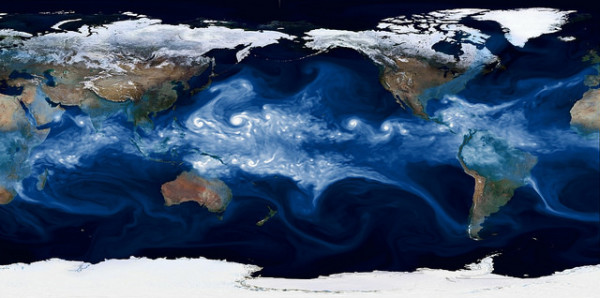Allergy season has arrived and so has the onslaught of sneezing, watery eyes, and, in worst case scenarios, asthma attacks. Asthma, as defined by the Mayo Clinic, is a condition in which inflamed bronchioles, tiny passageways by which air passes to the lungs, cause swelling, constricting, and the production of excess mucus in the airways, making it much more difficult to breathe. Asthma can be triggered by a surplus of particles in the air and can have similar symptoms to allergies, such as wheezing and shortness of breath.
Asthma is a relatively common condition. According to the Center for Disease Control and Prevention, roughly 25 million people in the United States had asthma in 2009. This is a glaring increase compared to the 20 million people diagnosed with asthma in 2001, which is likely the result of climate change — the overall warming of Earth’s temperature and change in climate due to pollution and greenhouse gases — and its effects on our bodies, according to NASA.
Image Source: SolStock
Climate change has increased respiratory problems worldwide. According to an article from the Multidisciplinary Respiratory Medicine Journal, climate change is causing an increase in average global temperature annually, resulting in hotter and drier environments. Such environments, in conjunction with pollution, generate more air pollutants. Additionally, plants exposed to warmer environments and higher carbon dioxide levels in the atmosphere produce more pollen than they normally would, according to an issue of Environmental Health Perspectives. The combination of air pollutants and pollen in the air trigger respiratory conditions like asthma.
Global warming also causes winter seasons to be shorter and temperatures to increase earlier, resulting in longer allergy seasons: between 1995 and 2005, allergy season increased as much as 25 days in length, as stated by the U.S. Environmental Protection Agency. Pollen.com tracks the severity of pollen and allergens in any given area within the United States, with areas in red having high amounts of allergens and areas in green having low amounts of allergens. Currently, most of the south and southeast areas of the U.S. are red, a considerable difference from this same time three years ago in which the map shows a yellow and light green southern area.
There is little doubt that there is a direct relationship between climate change and respiratory disease, and reducing pollution and carbon emissions will not only clean our planet, but also clean our lungs.
Featured Image Source: U.S. Department of Energy










